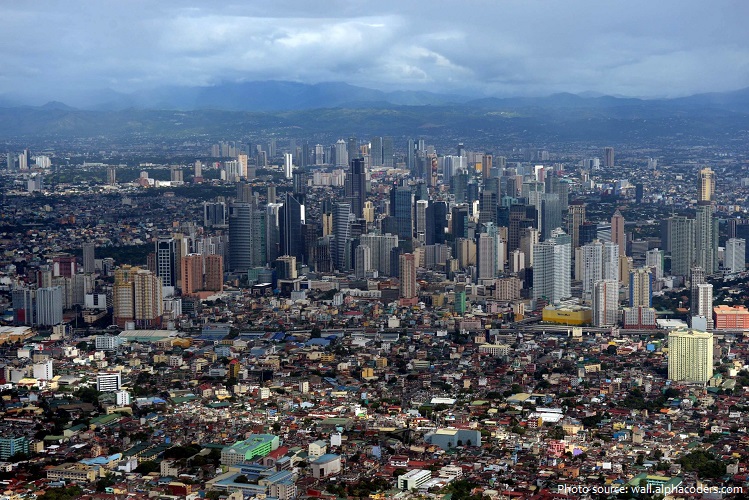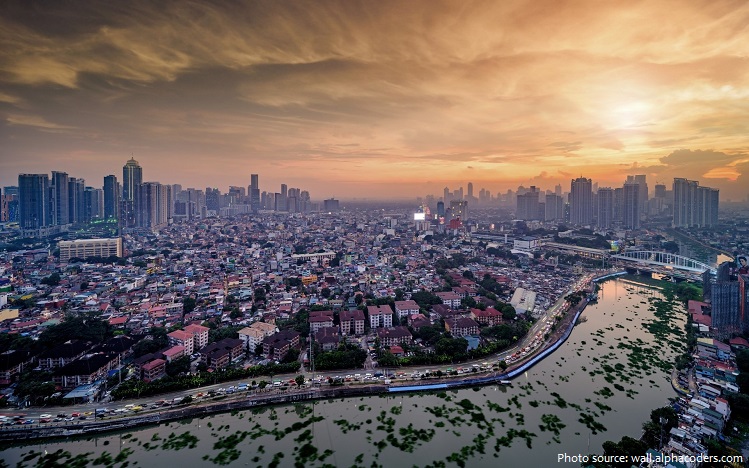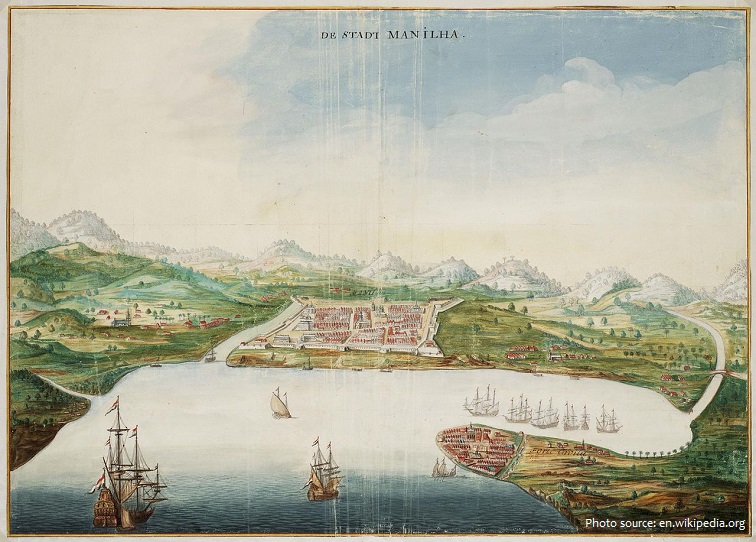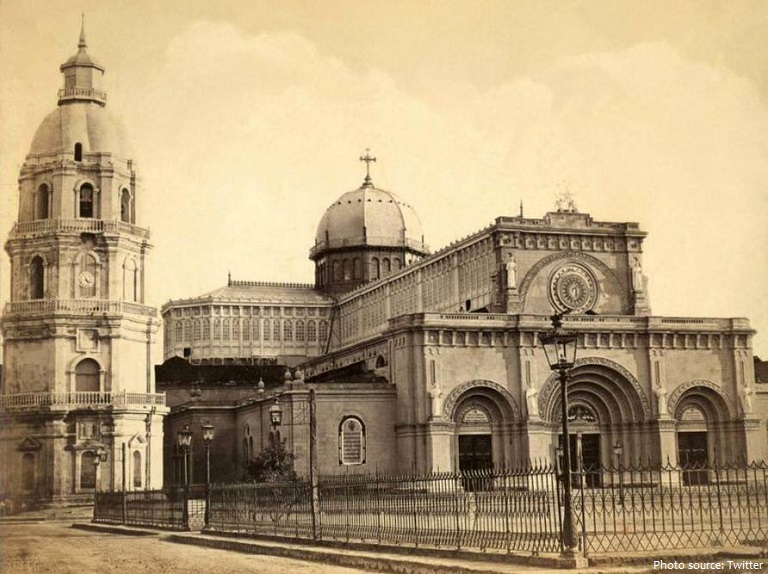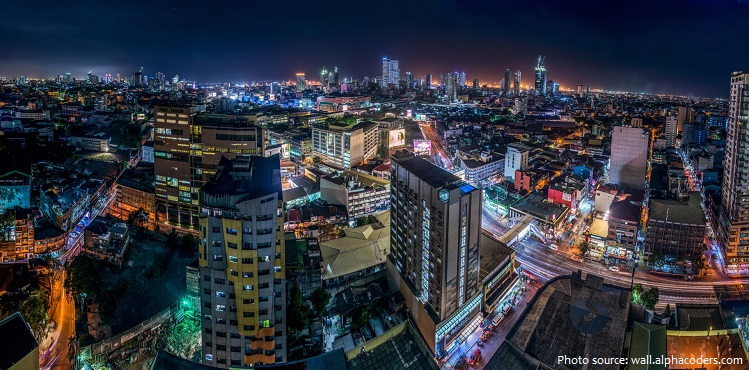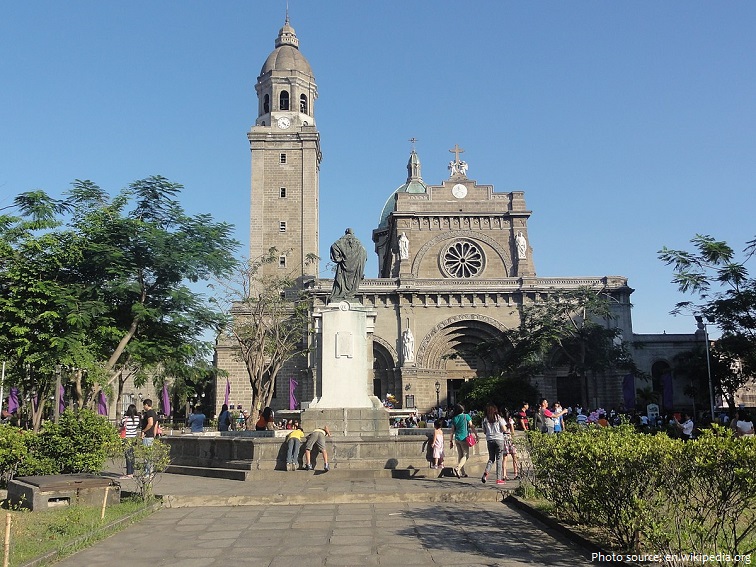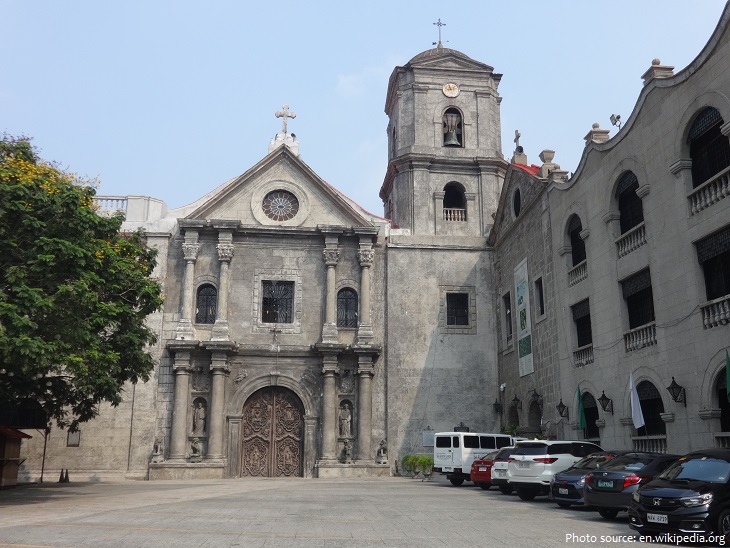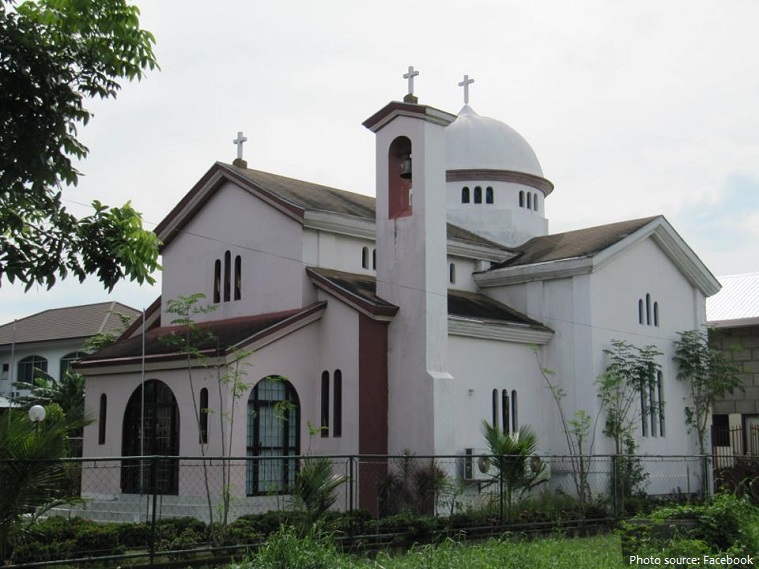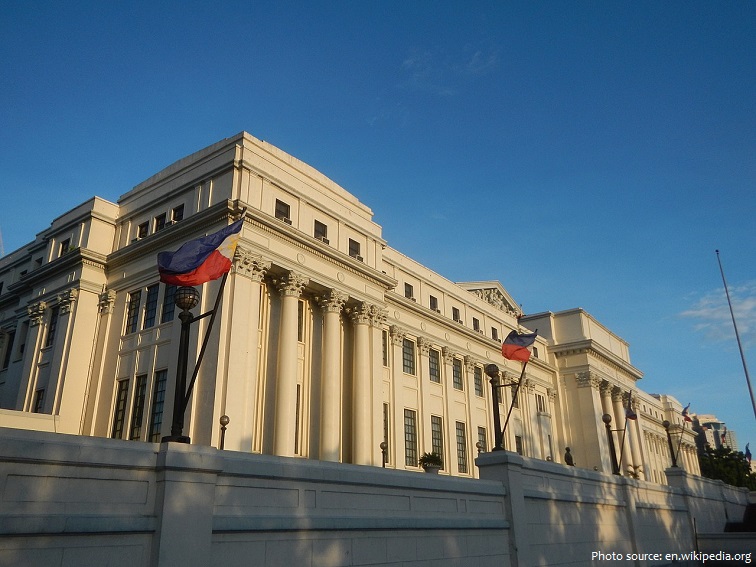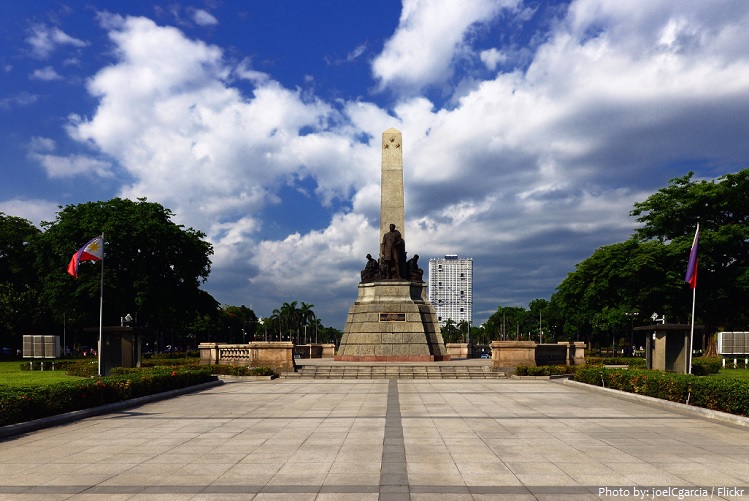Manila officially the City of Manila is the capital of the Philippines.
It is situated on the eastern shore of Manila Bay, on the western edge of Luzon, 1,300 kilometers (810 miles) from mainland Asia.
As of December 2020, the population of Manila is about 23 million people. It is the most densely populated city proper in the world.
The city covers a total area of 1,475 square kilometers (569 square miles).
Maynilà, the Filipino name for the city, comes from the phrase may-nilà, which translates to “where indigo is found”. Nilà is derived from the Sanskrit word nīla which refers to indigo, and, by extension, to several plant species from which this natural dye can be extracted.
The earliest evidence of human life around present-day Manila is the nearby Angono Petroglyphs, dated to around 3000 BC.
In the 13th century, Manila consisted of a fortified settlement and trading quarter on the shore of the Pasig River.
The propagation of Roman Catholicism began with the Augustinian friar Andrés de Urdaneta, who accompanied the expedition of 1571. He was followed by Franciscan, Dominican, Jesuit, and other Augustinian priests, who founded churches, convents, and schools.
In 1574 Manila was baptized under the authorization of Spain and the Vatican as the “Distinguished and Ever Loyal City” and became the centre of Catholicism as well as of the Philippines.
At various periods Manila was seriously threatened, and sometimes occupied, by foreign powers. It was invaded by the Chinese in 1574 and raided by the Dutch in the mid-17th century.
In 1762, during the Seven Years’ War, the city was captured and held by the British, but the Treaty of Paris (1763) resulted in its restoration to Spain.
It was opened to foreign trade in 1832, and commerce was further stimulated by the opening of the Suez Canal in 1869.
The city has undergone rapid economic development since its destruction in World War II and its subsequent rebuilding – it is now plagued with the familiar urban problems of pollution, traffic congestion, and overpopulation.
The Minor Basilica and Metropolitan Cathedral of the Immaculate Conception also known as the Manila Cathedral, is the cathedral of Manila and basilica located in Intramuros, the historic walled city within today’s modern city of Manila. It is dedicated to the Immaculate Conception, a title for the Blessed Virgin Mary, the principal patroness of the country. The cathedral was originally a parish church in Manila under the Archdiocese of Mexico in 1571, until it became a separate diocese on February 6, 1579 upon the issuance of the papal bull, Illius Fulti Præsido by Pope Gregory XIII. The cathedral was damaged and destroyed several times since the original structure was built in 1581 while the eighth and current structure of the cathedral was completed in 1958.
San Agustin Church also known as the Archdiocesan Shrine of Nuestra Señora de Consolación y Correa or the Immaculate Conception Parish, is a Roman Catholic church under the auspices of the Order of St. Augustine, located inside the historic walled city of Intramuros in Manila. Completed in 1607, it is the oldest stone church in the country. In 1993, San Agustin Church was one of four Philippine churches constructed during the Spanish colonial period to be designated as a World Heritage Site by UNESCO, under the collective title Baroque Churches of the Philippines. It was named a National Historical Landmark by the Philippine government in 1976.
The Annunciation of the Theotokos Orthodox Cathedral is an Orthodox Cathedral in Manila. It was finished in 1996 and is constructed in the true Byzantine style with all the interior furnishings imported from Greece. It was consecrated by His All Holiness, Bartholomew, Archbishop of Constantinople, New Rome and Ecumenical Patriarch on March 05, 2000.
Fort Santiago built in 1593, is a citadel built by Spanish navigator and governor Miguel López de Legazpi for the new established city of Manila in the Philippines. The defense fortress is located
in Intramuros, the walled city of Manila. The fort is one of the most important historical sites in Manila.
The National Museum of Fine Arts is an art museum in Manila. The neoclassical building was built in 1921 and originally served to house the various legislative bodies of the Philippine government. Known as the Old Legislative Building (also the Old Congress Building), it was the home of the bicameral congress from 1926 to 1972, and the Philippine Senate from 1987 to 1997.
Casa Manila is a museum in Intramuros depicting colonial lifestyle during Spanish colonization of the Philippines. The museum is the imposing stone-and-wood structure c. 1850, one of the grand houses in Barrio San Luis (one of the four original villages of Intramuros) is located across historic San Agustin church and bounded by Calle Real, General Luna, Cabildo and Urdaneta streets. The other two are the Los Hidalgos, c. 1650 and Cuyugan Mansion, c. 1890.
Rizal Park also known as Luneta Park or simply Luneta, is a historic urban park located in Ermita, Manila, Philippines. It is considered as one of the largest urban parks in Asia, covering an area of 58 hectares (140 acres). The site on where the park is situated was originally known as Bagumbayan during the Spanish colonial period. It is adjacent to the historic Walled City of Intramuros and is a major tourist destination in the Philippines.
Manila, alongside Mexico City and Madrid, is considered the world’s original set of Global Cities due to Manila’s commercial networks being the first to traverse the Pacific Ocean, thus connecting Asia with the Spanish Americas, marking the first time in world history when an uninterrupted chain of trade routes circled the planet.
Manila is also the second most natural disaster-afflicted capital city in the world next to Tokyo, yet it is simultaneously among the most populous and fastest growing cities in Southeast Asia.
